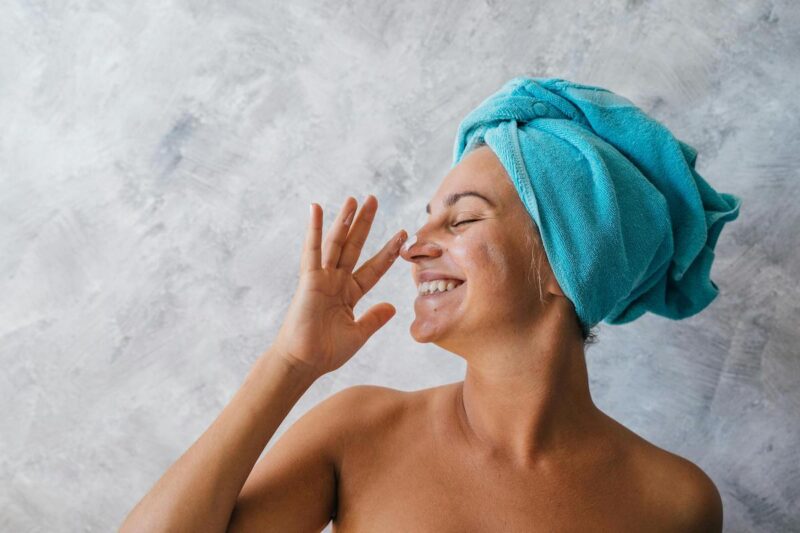Which shampoo should I use to stop my hair loss?
I've been told that it's advisable to change shampoos regularly, is that true?
My hair is fragile, so I prefer to use a baby shampoo. Am I right?
Three questions that often come up when we talk about shampoo, but they're not the only ones - far from it.
For some people, shampooing their hair is part of their daily routine and not really important: hair is clean and that's it. For many others, however, using the right shampoo can be a real headache: what are the criteria for choosing the right shampoo, do you need as many shampoos as there are members of the family, what results can you expect from an anti-hair-loss shampoo, etc.?
Beyond the simple cleansing function of basic hygiene, can we expect more from a shampoo, and if so, what?
To help you sort out the real from the fake, the Clauderer Specialists have put together a short quiz. Are you ready?
- I can use a baby shampoo to wash my fragile hair:
- ❌FALSE We don't recommend this solution for washing fine, fragile and delicate hair when you're an adult. Babies' hair is virtually devoid of sebum, which is why shampoos designed for them are intended to "grease" their hair fibre even more to protect it. So it's not an ultra-gentle formula, but an ultra-greasy formula that won't work on adult hair. The only advantage of baby shampoo is that it won't sting your eyes, which is why it's "ultra-gentle". For your delicate hair, choose a mild shampoo with neutral PH, with a gentle cleansing plant base, as natural as possible.
- Changing shampoos regularly is good for the hair:
- ✅❌TRUE/FALSE First and foremost, you need to choose a shampoo that is perfectly suited to your scalp (dry, oily, sensitive, dandruff) and your hair (fragile, dry, colour-treated). If the characteristics of your scalp and hair change (dandruff appears, you stop straightening and go back to natural hair), then changing shampoos is a good idea. Otherwise, why change shampoos once you've found your ideal partner?
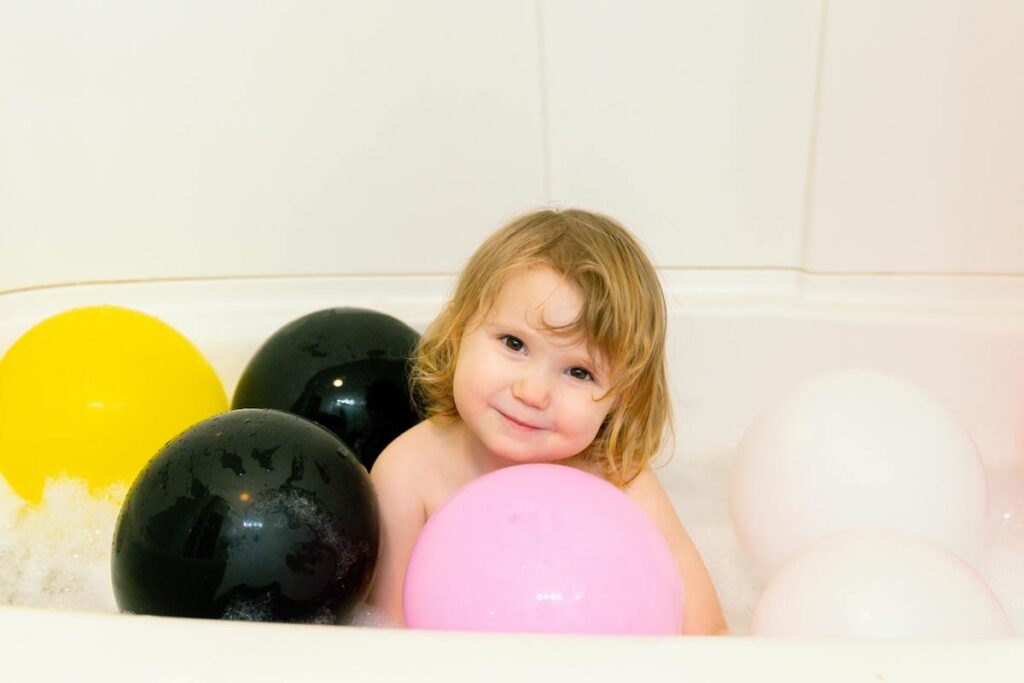
Beware of preconceived ideas: baby shampoo, abundant foam, ...yes or no?
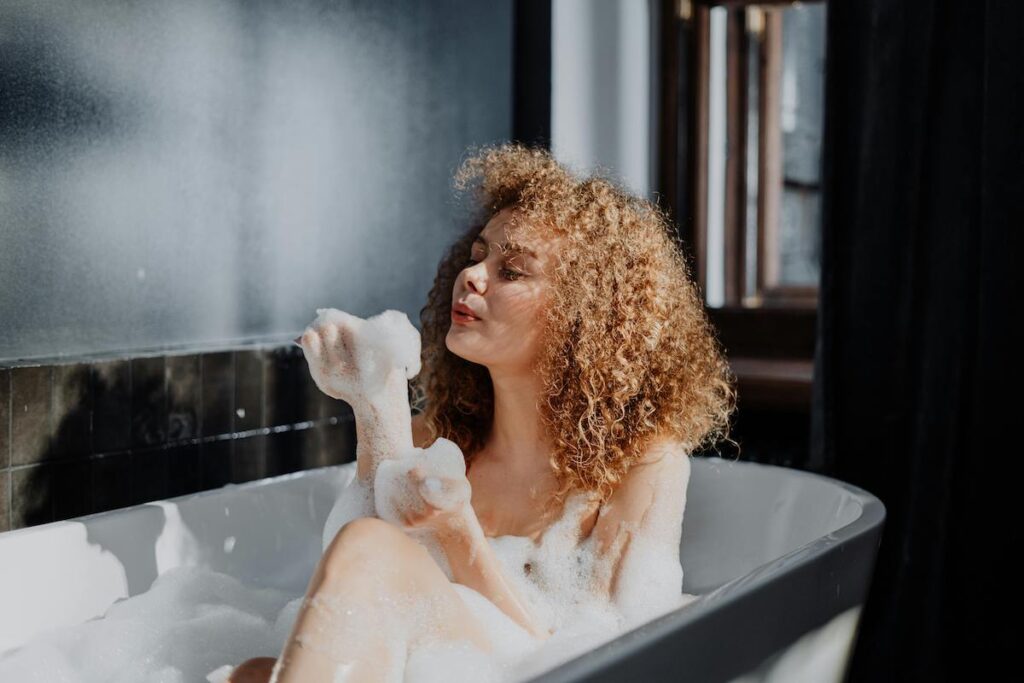
- The more the shampoo lathers, the better it cleanses:
- ❌FALSE. Decades of advertising have led us to believe in the virtues of foam in our shampoos. In reality, the surfactants responsible for this profusion of pretty bubbles can be derivatives of the petrochemical industry that are likely to dry out the hair fibre and irritate the skin. In cosmetics, there are natural alternatives and you need to know how to distinguish between sulphates (surfactants) and others. Nevertheless, surfactants, which are often blamed for everything, regardless of their synthetic or plant origin, are useful in the formulation of shampoos. In Europe, cosmetic products are subject to particularly strict regulations to ensure that they are completely harmless when used in the conditions specified by the manufacturer. This is the case for ammonium lauryl sulphate (an ingredient certified organic by the independent body Ecocert) used by Clauderer in its natural shampoos. The Fédération des Entreprises de la Beauté confirms that "at the concentrations usually used in cosmetic products, sulphates are not irritating to the skin or eyes (...) the tolerance of the finished product is systematically validated by tests. For rinsed products, follow the precautions for use on the product label to ensure safe use". These more natural molecules often have less foaming power, but are nonetheless perfectly effective.
- An anti-hair loss shampoo is the right solution when my hair starts to fall out:
- ❌FALSE Hair loss can have many causes, and is often multi-factorial. Any anti-hair loss treatment must tackle these different factors. This can involve dietary supplements, working on oneself to control stress, and treatments that will target the hair follicle to help it produce healthier hair. A simple surface product such as a shampoo - which a fortiori is rinsed out after a few moments - cannot legitimately claim to be effective against hair loss. It may make hair shinier, coat the fibre and visibly improve the appearance of the hair, but it is unlikely to stop hair loss. In the case of androgenetic alopecia, if you want to reawaken the production of healthy hair and lengthen its life cycle, you need to work on the hair follicles. Shampoos don't work deep down, so they won't help with androgenetic alopecia.
- 2-in-1 shampoo is the same as shampoo + conditioner:
- ❌FALSE. Each individual product meets specific objectives and requires a specific protocol. Shampoo cleans and rinses immediately, while conditioner/hair mask requires a leave-on period for maximum effectiveness. Without it, there's no deep treatment. We recommend using the 2-in-1 for occasional use, as the conditioner function is that of a simple detangler. On afro, curly, very curly and/or very dry hair, this product will be ill-suited. Textured hair especially needs much more hydration, which only a concentrated haircare product can provide.

Choose your shampoo according to your hair type. Afro hair often needs additional deep care.
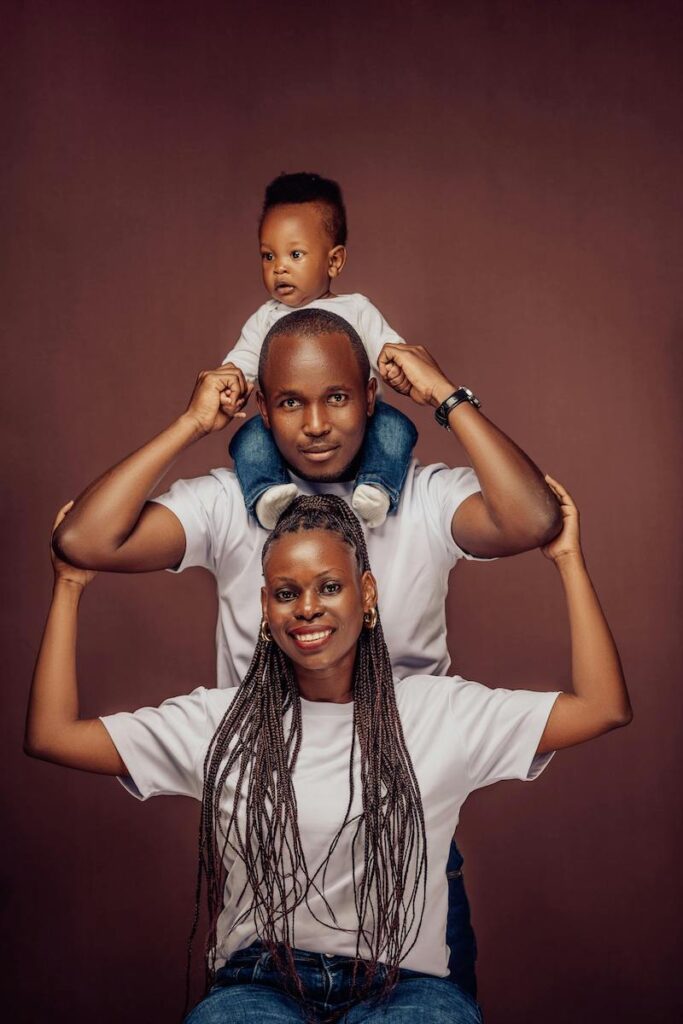
- Shampoo for men, shampoo for women, it's all marketing:
- ✅TRUE. What matters is the type of hair and any problems it may have: dry, colour-treated, fragile, curly...The major difference - apart from the packaging - often lies in the fragrance and nothing else.
- I use a solid shampoo, which is just as effective:
- ✅❌TRUE/FALSE With less packaging, little or no plastic, a compact, easy-to-carry format (as long as it stays dry!), a focus on natural ingredients and a cool retro look, solid shampoo seems to have it all. However, beware of its composition: some of the surfactants used to produce its cleansing foam can be particularly irritating and aggressive to the scalp. Using it also means changing your hair routine: few solid shampoos can compete with liquid shampoos for certain benefits (sheathing, silkiness, etc.); the hair will go through a 'detoxification' phase, especially if you've been used to classic versions containing silicones, for example: goodbye silky, shiny lengths for a while. Today, the range has expanded to include solid conditioners that can restore softness and moisture to the hair. But watch out for residue: solid shampoos require prolonged, meticulous rinsing, otherwise you'll end up with rough, dull hair. In short, yes to solid versions, but why not alternate with a liquid version to get the best of both worlds.
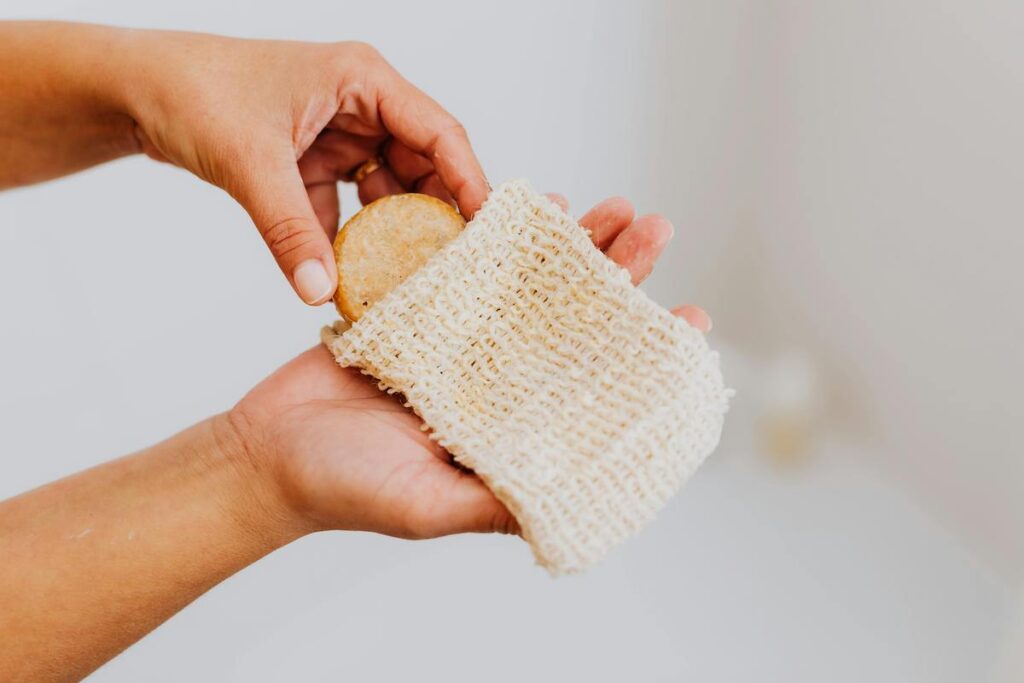
Solid shampoo: a different hair routine
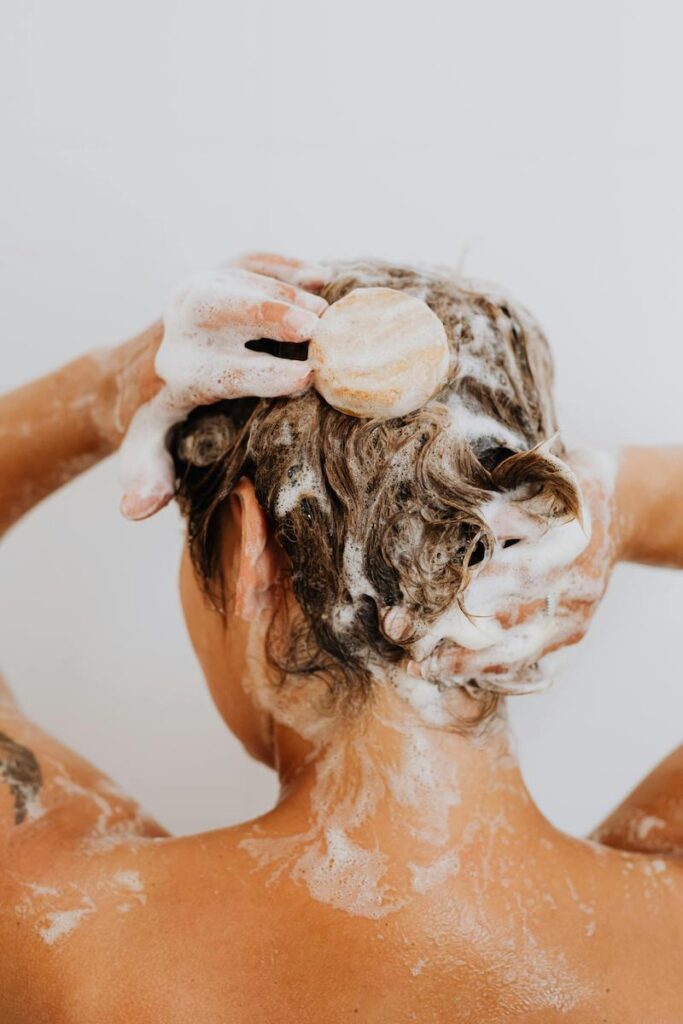
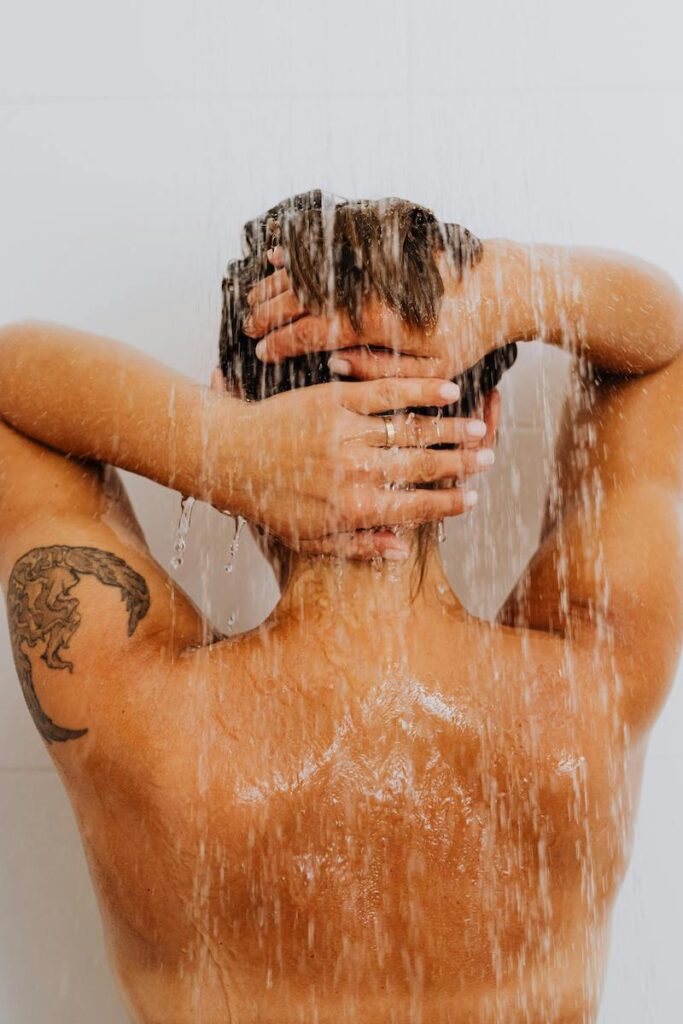
Meticulous rinsing is essential
- Dry shampoo is a good idea for oily hair:
- ✅❌TRUE/FALSE. The main virtue of dry shampoo is that it absorbs excess sebum. In doing so, hair regains volume and temporarily regains the appearance of light hair, as if freshly washed. In reality, it's more of an absorbent powder (rice, corn or oat starch, for example, plus alcohol and fragrance are the main ingredients). It's a stop-gap product that can be used occasionally before an impromptu outing, or when travelling when water is scarce, for example. During your next real shampoo , massage the scalp to loosen any residue easily and rinse thoroughly.
- To get really clean hair, you absolutely must wash your hair 2 times:
- ❌FALSE, especially if you use a standard shampoo that risks "stripping" the scalp and hair fibre. However, no risk for the scalp and lengths with a gentle, natural formula.
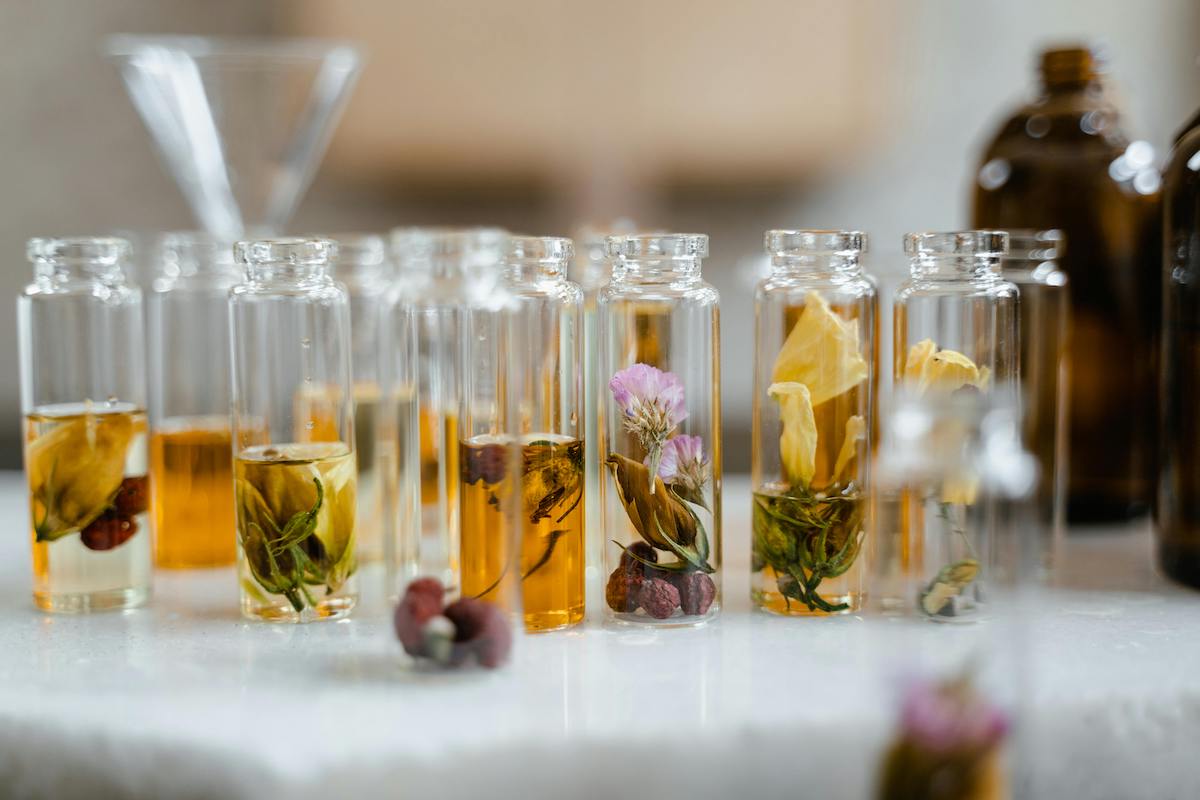
The role of shampoo is to cleanse by removing excess sebum, impurities caused by the application of cosmetic products (hairspray, creams, gels, densifying powders), pollution and natural cell renewal. These days, beyond its simple cleansing function, we expect our shampoo to make our hair more beautiful, denser and shinier - in short, it has become a genuine beauty and care product for the hair. Now it's up to you to make an informed choice, even if it means varying the pleasures!

